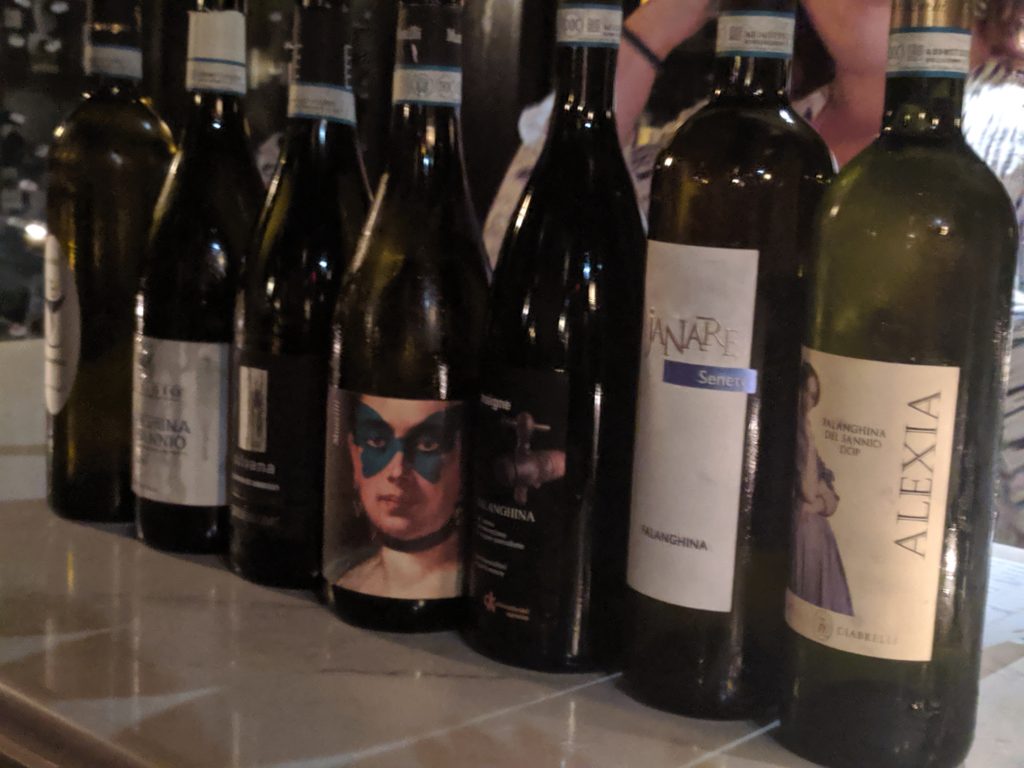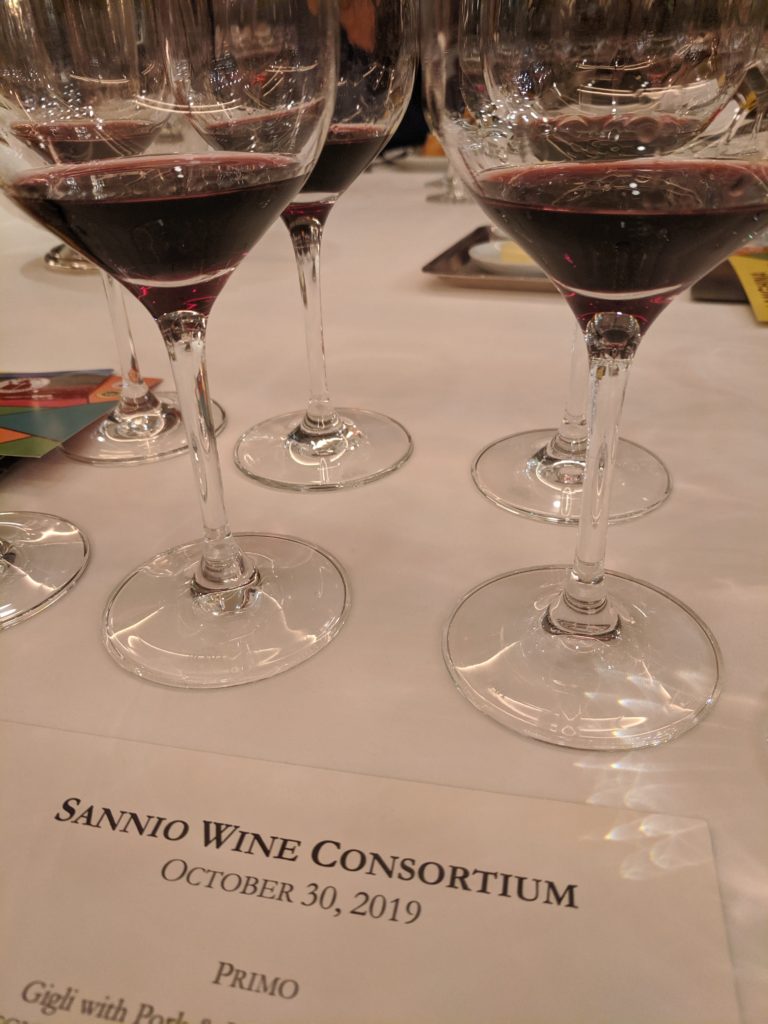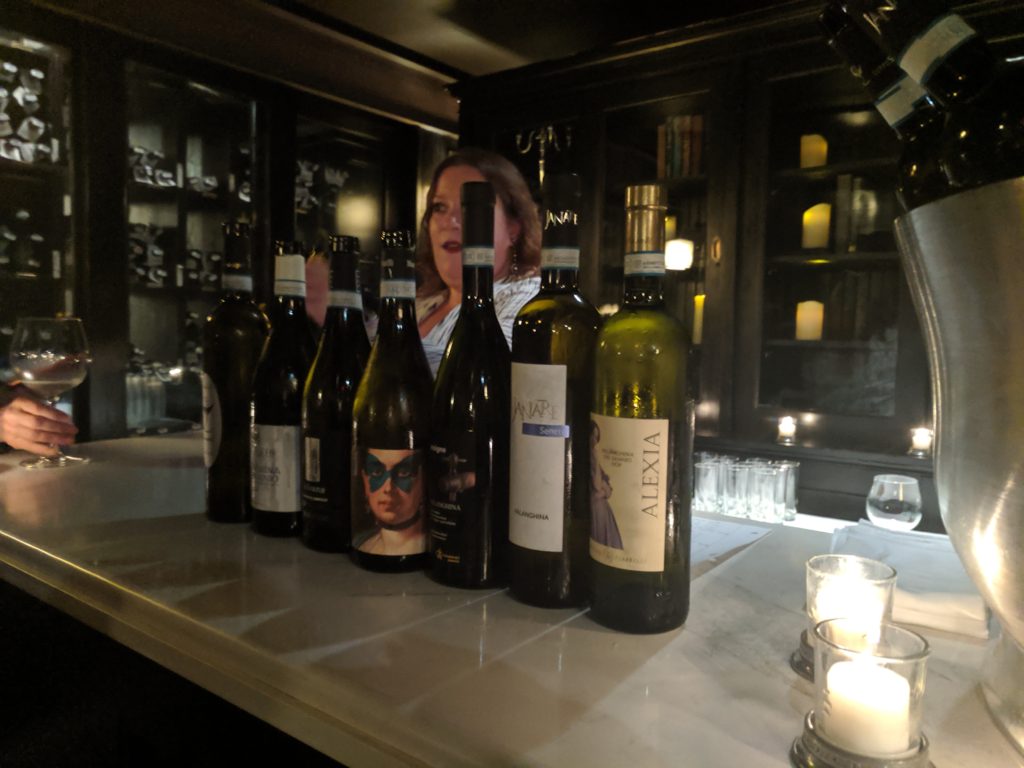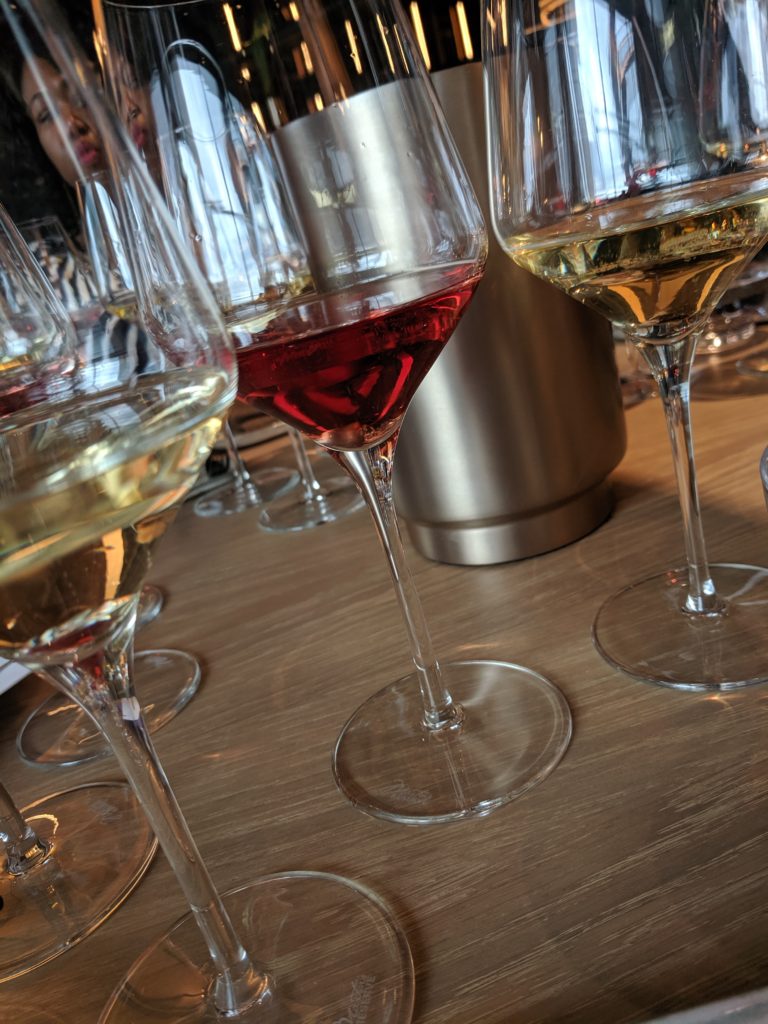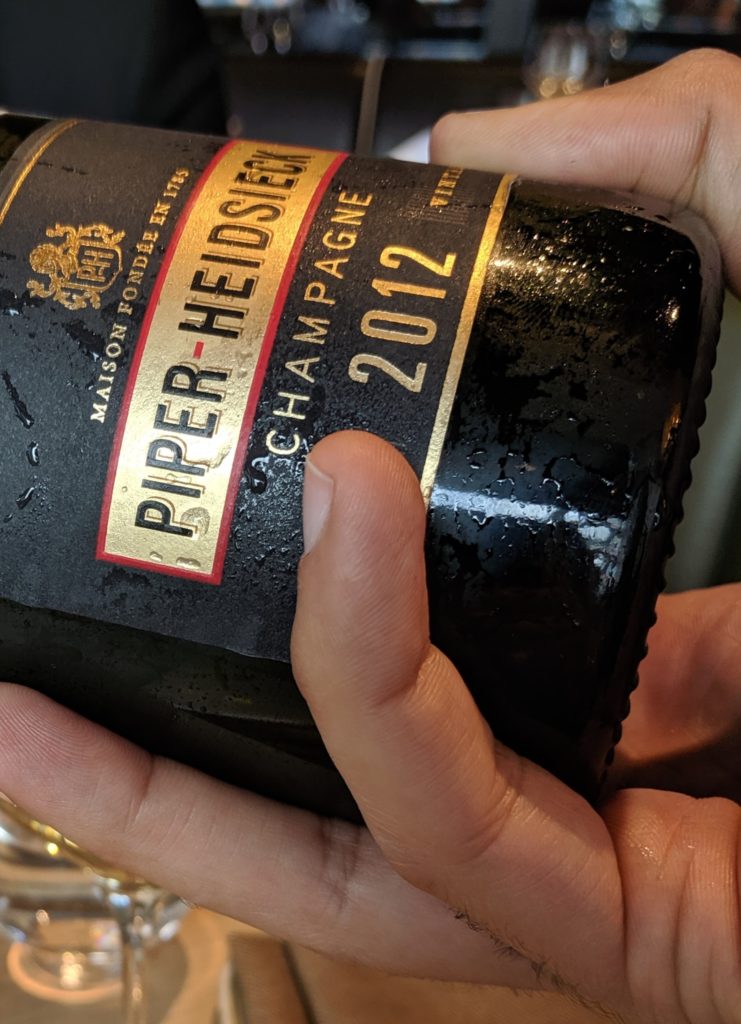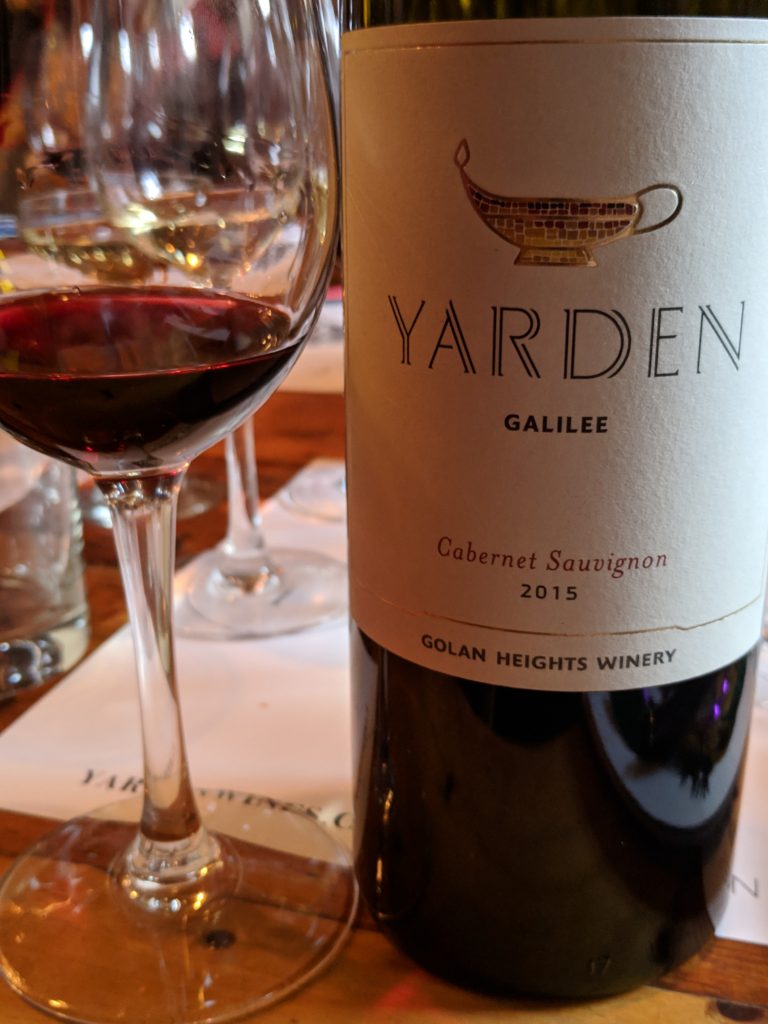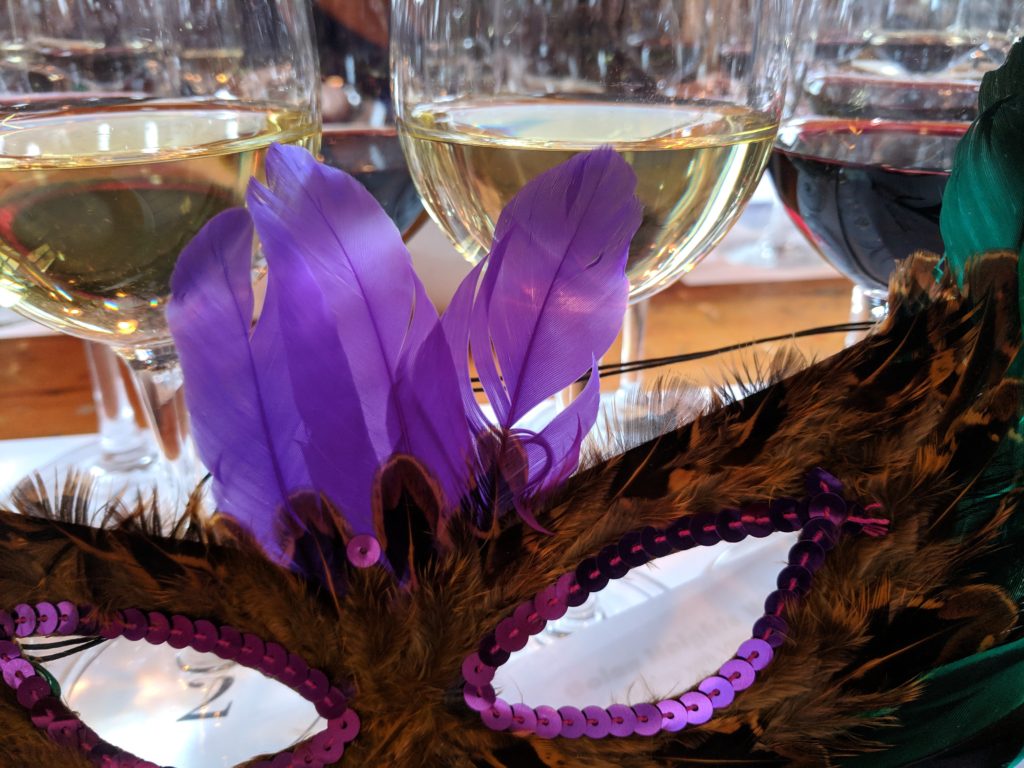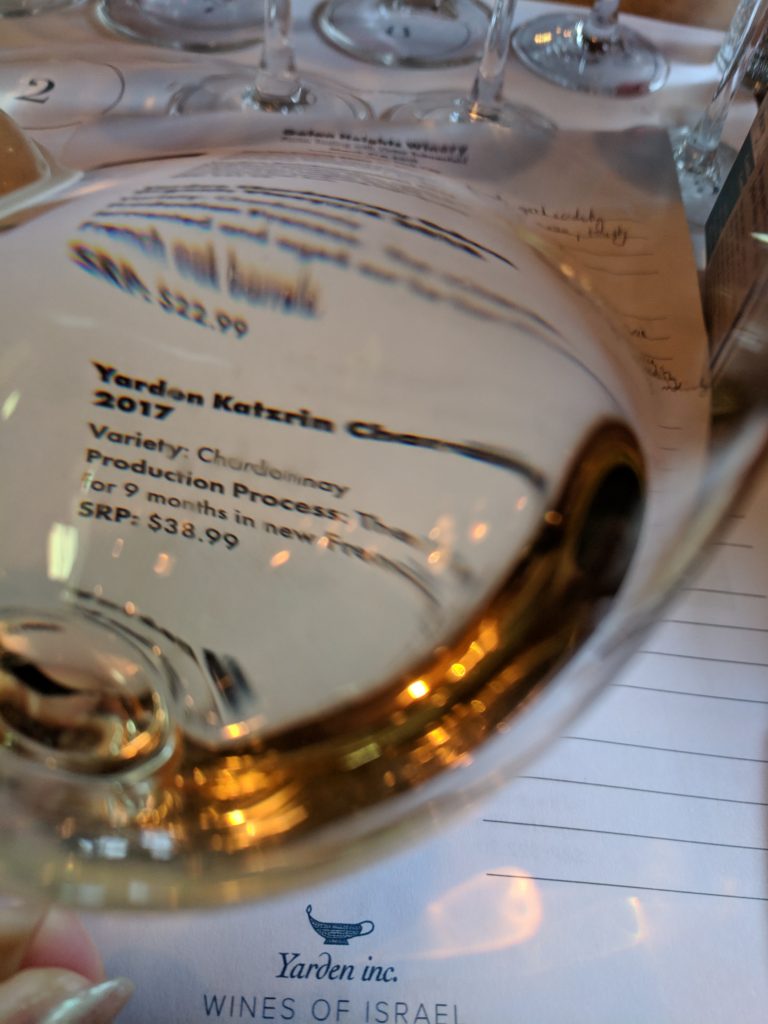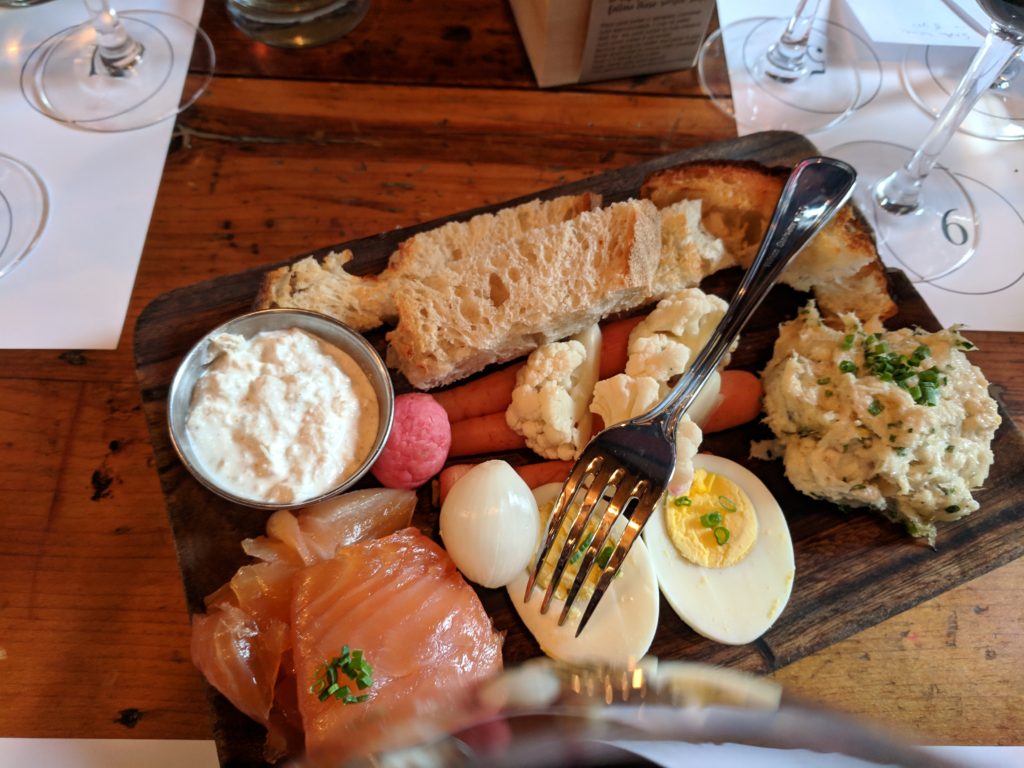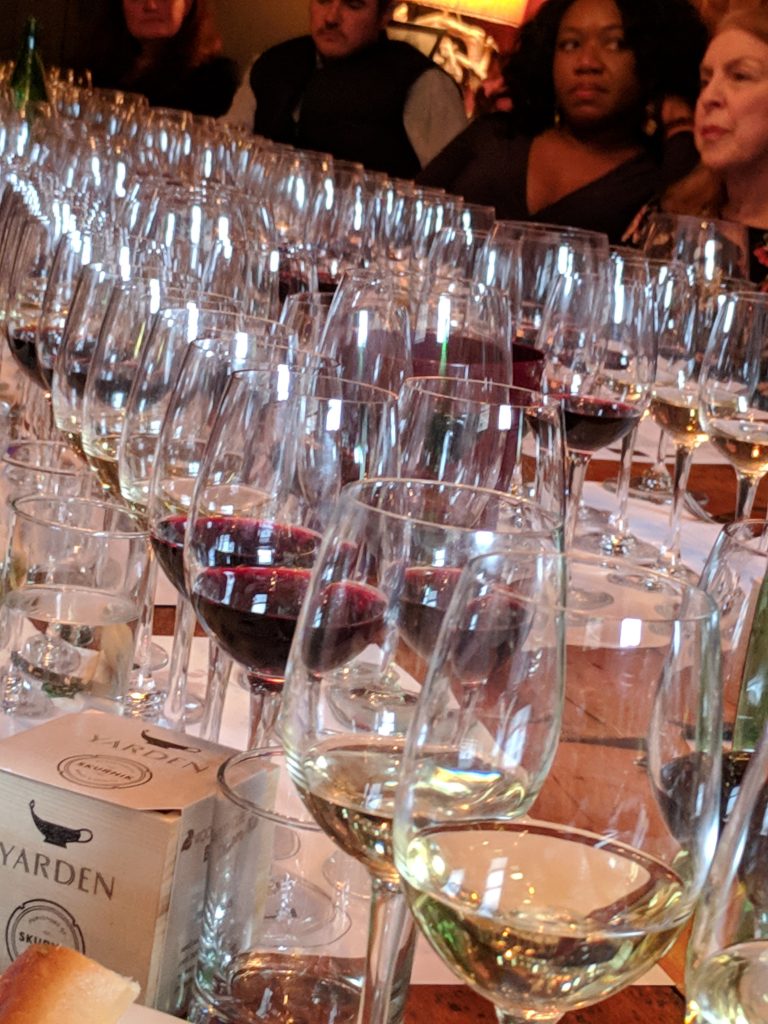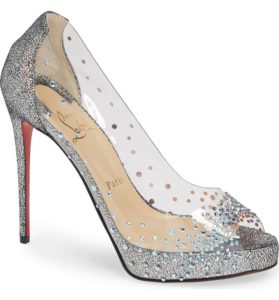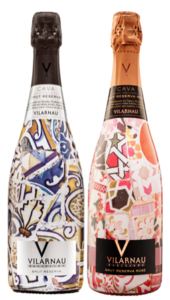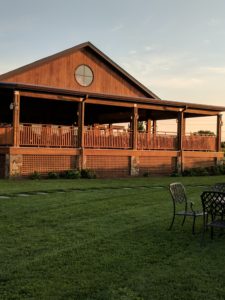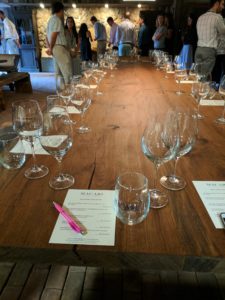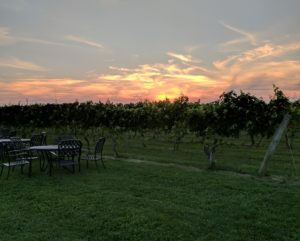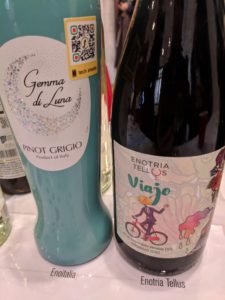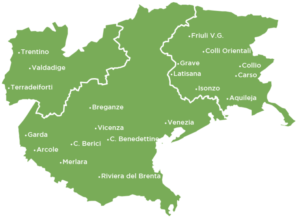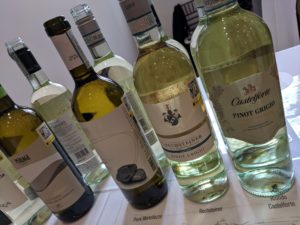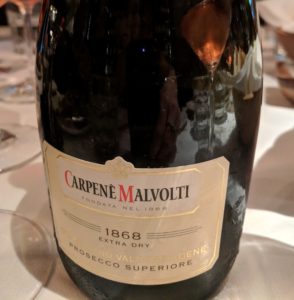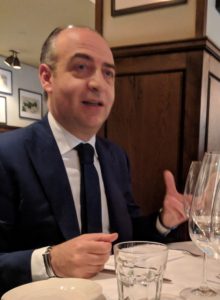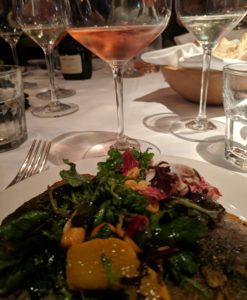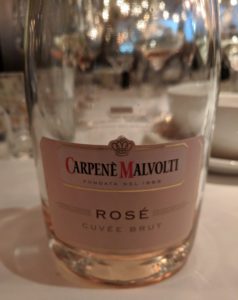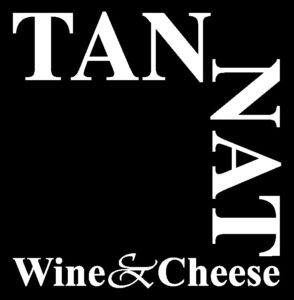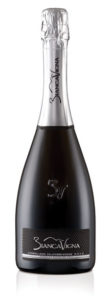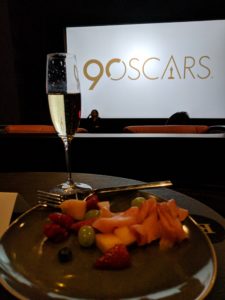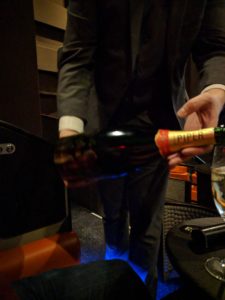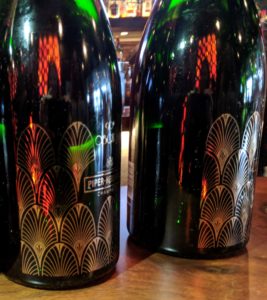Although I am generally familiar with the wines of Italy’s Campania region, namely through visits to Feudi di San Gregorio and Mastroberadino, I had never heard of Sannio. Or, admittedly, if I had, it was likely memorized for a wine exam and then promptly forgotten. My mistake…and my misfortune for overlooking these wines.

Thankfully the error of my ways has been rectified, thanks to a beautiful introduction to these wines back in October. We were welcomed to a sumptuous lunch at Del Posto restaurant by Consorzio President, Dr. Libero Rillo, who provided some background on this tiny territory in the province of Benevento. But, despite its small size (~10,000 hectares), it is important to the Campania region. Here, the emphasis is on the indigenous grape varieties of Aglianico, Falanghina and others.
The Consorzio itself dates in 1999 and comprises 400 members. It overseas several denominations including Aglianico del Taburno DOCG, which produces red or rose wines, Falanghina del Sannio DOP, which is restricted to white and sparkling as well as the Sannio DOP which offers a full range of styles. An IGP Benevento or Beneventano also exists.
The 10,000 hectares are allocated among nearly 10,000 wineries, including two cooperatives. Most are small and medium in size, producing a total of 25 million bottles annually among the IGT, DOC and DOCG designations. However, the consorzio is eager to increase its production, especially at the quality levels.
Attendees at the aforementioned press luncheon has the opportunity to explore the two vaunted denominations: Falanghina Sannio DOC and Aglianico del Tabruno DOCG, under the tutelage of Somm In the City, Sara Lehman. While the Falanghina grape has ancient roots, its name has much more modern origins thanks to the trellis poles aka “falanga” that were used to support the vines. The wine received its DOP status in 2013, and is known for its minerality, good acidity, and ability to age for 10-15 years, during which time it develops complexity. These grapes must be sourced from the hillsides where there is some elevation, which helps to avoid the humidity found on the valley floor.
The Aglianico del Tabruno DOCG harkens back to the Greeks who came to the area centuries ago, settling near Mt. Taburno. The wine’s DOCG status was bestowed in 2011 and comprises both red and rose wines. The rose, which doesn’t require any aging, is currently the only Italian rose to hold this designation level. The reds must be aged for a minimum of two years in wood and bottle, with the Riservas aged for three years in wood and another 12 months in bottle. These are powerful, tannic wines with complexity and good aging potential, known for aromas of blackberry, plum, violet and black pepper.
WHITE WINE TASTING NOTES
I deliberately limited my consumption of the Falanghinas knowing that we were going to taste a lot of reds with the seated lunch (we tasted 13 and I’ve included my notes on my 8 favorites). Accordingly, I limited my tasting to the sparkling Falanghina del Sannio DOP – V.S.Q. Brut from Cantina di Solopaca, which is one of the oldest co-ops in the area, with grapes sourced from the slopes of Mt. Taburno. It was refreshing, with good acidity and nice fruit aromas and flavors.
I also tasted the Mustilli Vigna Segreta Falanghina 2016, a wine produced from a cru vineyard known for its volcanic and limestone soils. It was rich and concentrated with good minerality and long length.
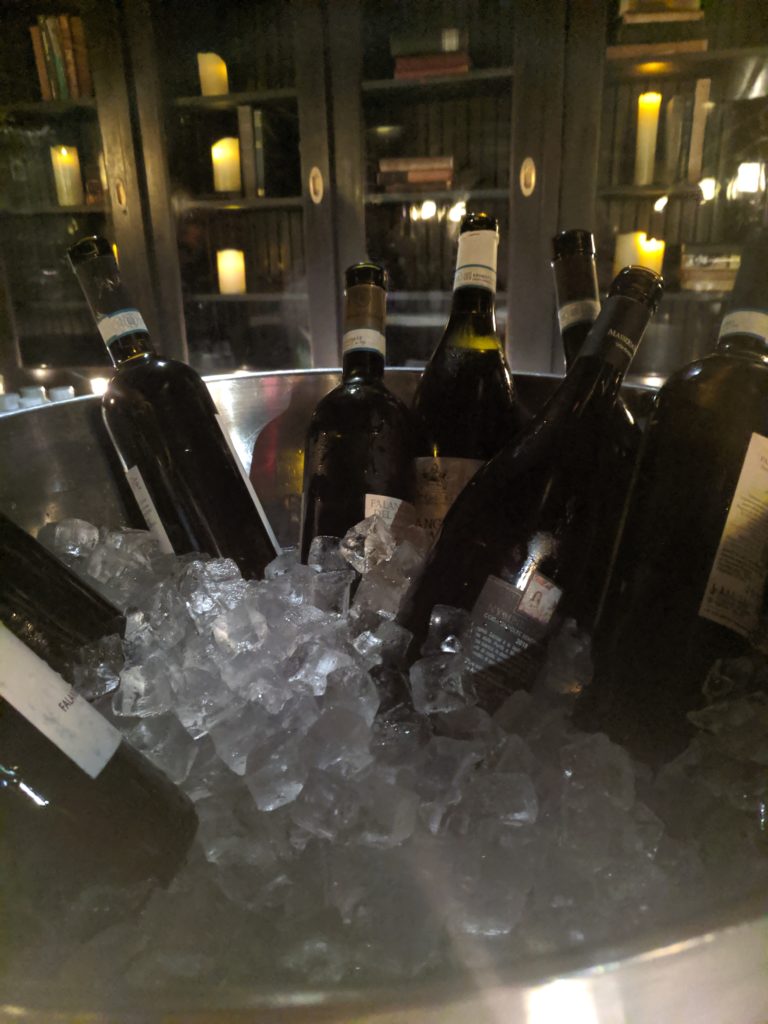
RED WINE TASTING NOTES
2018 Elena Catalano Sannio Aglianico 2018, Italy
This wine, produced solely in stainless steel, was youthful, with robust red and black fruit, firm tannins and good length.
Fattoria la Rivolta Pediarosso Taburno Sannio DOP 2018, Italy
Made from hand-harvested grapes grown on clay and volcanic soil, this wine offered up bright red fruit, lovely freshness and notes of pepper that lingered in the finish.
Cantina di Solopaca Barbera 2017, Italy
This wine is produced from 20 year old vines grown on clay and limestone soils on the slopes of Mt. Taberno, It offers up a very earthy nose, with a clay undercurrent and red fruit aromas and flavors.
Cautiero Sannio DOC Aglianico 2016, Italy
After moving to the city as adults, the winery’s owners returned to the countryside to pursue their love of wine and the land, choosing to focus on organic farming. The wine is tight and needs time, but displays nice black fruit and long length.
Terre Stregate Manent Sannio Aglianico 2016, Italy
This is a beautiful and balanced wine with lovely aromas and flavors of red fruit, earth and herbs, along with good structure. It spent 6-8 months aging in barriques.
Azienda Agricola Scompiglio Barbera del Sannio 2016, Italy
Lush and gorgeous on the nose and palate, this Barbera was floral in character with blueberry and blackcherry notes, lingering in the long length.
Azienda Agricola Castelle Aglianico Riserva 2015, Italy
As a Riserva-level wine, it spent the minimum three years aging in oak. It was lovely, yet tannic and will be better in time.
Torre del Pagus Aglianico Taburno DOCG 2013, Italy
This wine spent 12 months in oak, with another year aging in bottle before release. It was elegant, with good structure and lots of red fruit notes.

